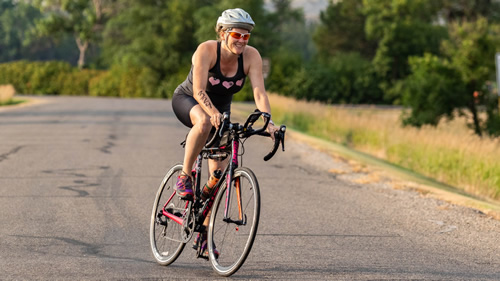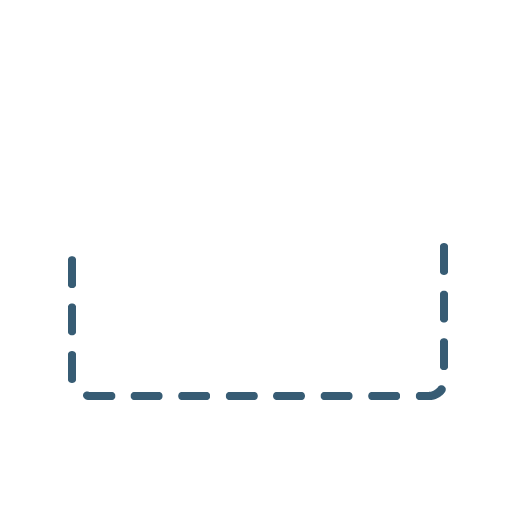South DakotaDepartment of Transportation
Transportation
Aviation
About Office of Aeronautics Services
Office of Aeronautics Services
Airports Conference
Aerospace Education
Airport Information
Links
Aviation Systems Plan
Bridges
Office of Bridge Design
Design & Plans
Historical Bridges
Inventory & Inspection
Posted Structures
Reference Information
SD Bridge Photos
Doing Business
Certification & Accreditation
About Certification & Accreditation
SDDOT Accreditation Certification List
Approved Products
Manuals & Documents
Welding Certifications
Training
Contractors
Bid Letting Information
Concrete Pipe Release
Contractors/Suppliers
Prequalified Contractors
CMS Web Reports
Disadvantaged Business Enterprise (DBE)
Fuel Price Index
Labor Compliance
Materials
Preconstruction Meetings
Price Adjustment Guidelines
Standard Specifications
Subcontract Requirements
Forms & Documents
Webinars
Alternative Contracting
Engineering/Design Services
Consultant Services
Downloadable Files
Manuals
News & Updates
Right of Way / Relocation Assistance
Standard Bid Items
Standard Plates
Surveyors
Utility Coordination
Environmental
About Environmental
Agreements
Endangered Species
Environmental Assessments
Forms
Stormwater
Wetland Mitigation
Local Governments
About Local Governments
Bridge Improvement Grants
City/County Fund Balances
Emergency Relief (ER)
Federal Bridge Program
Forms & Documents
Secure Accounts Billing
Transportation Economic Development Grants
Urban Systems
Rural Access Infrastructure Fund Program
Traffic Incident Management
Training
Projects & Studies
Planning
Carbon Reduction Strategy
Freight Plan
Long Range Plan
Metropolitan Planning Organization
Non-state Public Road Inventory
Pavement Condition Monitoring
Pavement Management
South Dakota EV Fast Charging Plan
Statewide Transportation Improvement Program – STIP
Transportation Asset Management Plan (TAMP)
Inside SDDOT
Forms & Publications
Brochures
Forms
Manuals
Maps
Newsletters
Reports
SDDOT Engagement Opportunities
Join One of Our Contact Lists
Press Releases
Media Kits
News Stories
Branding and Identity Guidelines
Learn More about the SDDOT Logo
SDDOT Blog
Inventory & Inspection
Inventory & Inspection
Bridge Inventory & Inspection (Local)
This program manages and administers the Bridge Inspection Program for statewide local government entities to ensure compliance with Federal and State Laws and Regulations. Bridges are required to be inspected on a 2-year cycle with the exception of some reinforced concrete box culverts that meet specific criteria and are on a 4-year cycle. Federal Bridge Replacement funds are used to pay for 80% of this service. The responsibilities include:
- Contracting with Consulting Engineering firms to perform bridge inspections for approximately 4,050 bridges for counties, cities, and GF&P.
- Reviewing the bridge inspection data and incorporating it into the PONTIS Bridge Management System. The National Bridge Inventory items are then submitted to FHWA in Washington DC on an annual basis.
- Prepare and submit annual structure summary reports to the local government entities.
Useful Websites:
Bridge Inspection (State)
Inspection Process:
- As bridges get older they do wear out and deteriorate, therefore the SDDOT is aggressive about inspection and maintenance of all state owned bridges.
- South Dakota's bridges are managed and inspected in cooperation with the Federal Highway Administration. Inspections for SDDOT owned bridges are conducted by department staff.
- The average federal sufficiency rating of South Dakota's state owned bridges is 90 out of 100. While we have needs, this rating indicates that our bridges are in relatively good condition.
- The Federal Sufficiency Rating (FSR) is a federally mandated formula that is used in all states. It is a rating of 0 - 100, and indicates the bridge's sufficiency to remain in service. A zero rating indicates totally insufficient and 100 indicates entirely sufficient. The sufficiency rating is an overall score based on a number of items, such as structural adequacy and safety, age, serviceability and functional obsolescence, and suitability for continued public use. The sufficiency rating is one tool used by the South Dakota Department of Transportation to manage the State's bridge inventory, and cannot be used as the sole means of determining bridge structural status or overall safety. A low sufficiency rating may be attributable to non structural issues, such as narrow bridge roadway width, inadequate number of lanes, undesirable curves on the highway leading to the bridge, or inadequate vertical clearance between the bridge deck and the structure above.
- All bridges, state and local, are required by the Federal Government to be inspected every two years, except where federal exceptions are granted. The South Dakota Department of Transportation provides annual inspections for the majority of our Missouri River highway crossings and a few other critical bridges.
- Some less critical structures are on a 48-month inspection cycle as approved by the FHWA. Underwater inspections take place on State bridges every five years.
- In general, staff inspect guardrails, bridge rails, bridge decks, superstructure, substructure, erosion, and foundation elements.
- When it is determined that a need exists, a corrective plan of action is developed appropriate to that need, which may include, but not be limited to, reducing load limits, replacing rail, resurfacing deck, and replacing structural elements.
- Local governments are responsible for the management of bridges on their inventory.
- While there are needs that are identified by our inspection process, this does not mean that any of our bridges are in danger of failing. The needs are assessed and the load carrying capacity is evaluated. If necessary, load limits are reduced and monitored, and/or traffic redirected as necessary until the need is addressed.
- Structurally Deficient is an engineering term used in the federally mandated National Bridge Inspection Standards (NBIS) program. A Structurally Deficient classification does not necessarily mean a bridge is unsafe. The term is an indicator for when certain elements of a bridge are in need of repair or replacement. For example, if a bridge deck is experiencing significant surface delamination (concrete de-bonding from the top layer of reinforcing steel), the bridge can have a structurally deficient classification even though the supporting girders and sub-structure may be in very good condition. The bridge is not unsafe, but the department would perhaps be looking at programming a deck overlay or deck replacement project to fix the deficiency.
- Functional obsolescence refers to a deficiency in the level of service of a structure. Items which may cause a bridge to be labeled functionally obsolete include narrow roadway width, inadequate water capacity for current conditions, and less than current standard vertical and/or horizontal clearances. Functional obsolescence is not an indicator that a bridge is structurally unsafe.
Aviation
About Office of Aeronautics Services
Office of Aeronautics Services
Airports Conference
Aerospace Education
Airport Information
Links
Aviation Systems Plan
Bridges
Office of Bridge Design
Design & Plans
Historical Bridges
Inventory & Inspection
Posted Structures
Reference Information
SD Bridge Photos
Highways
Public Transit
General Information / Notices
Procurement
Provider Network
Rural Transit
Specialized Transit
Urban Transit Planning Program Units
Forms, Policies, and Publications
Railroads
© 2026 State of South Dakota. All Rights Reserved.
South Dakota Department of Transportation
Becker-Hansen Building
700 E. Broadway Ave.
Pierre, SD 57501
Becker-Hansen Building
700 E. Broadway Ave.
Pierre, SD 57501
Powered by:
Modern Logic
Modern Logic
Region & Area Offices
Travelers
© 2026 State of South Dakota. All Rights Reserved.
South Dakota Department of Transportation
Becker-Hansen Building
700 E. Broadway Ave.
Pierre, SD 57501
Becker-Hansen Building
700 E. Broadway Ave.
Pierre, SD 57501
Powered by:
Modern Logic
Modern Logic




